An electric three wheeler is a versatile and sustainable mode of transportation that has gained popularity in urban and rural settings alike. These vehicles, often referred to as three wheel electric bikes or three wheel electric cars, offer an eco-friendly alternative to traditional fossil fuel-powered vehicles. With the ability to navigate through tight spaces and the convenience of electric power, these three-wheelers are becoming an increasingly common sight on roads around the world.
Types of Electric Three Wheelers
The market offers a variety of electric three wheelers, each designed to meet specific needs. From 3 wheel electric bikes for adults that provide a personal mobility solution to electric bajaj auto rickshaws designed for carrying passengers, the types vary widely. There are also 3 wheel electric cargo vehicles, which are invaluable for businesses that need to transport goods. Each type has unique characteristics, such as the bajaj e rickshaw known for its robustness and capacity to navigate crowded city streets, while a 3 wheel electric car might offer a more enclosed and car-like experience for users. Additionally, specialized models like the electric car with three wheels are tailored for those seeking a compact vehicle with the stability of a trike and the features of a car.
Structure of Electric Three Wheelers
The structure of an electric three wheeler is a complex assembly of various components that work in unison. The chassis provides the foundational framework, supporting the weight of the vehicle and its cargo. Attached to the chassis are the wheels, with the rear wheel typically being powered by an electric motor. The battery pack, often located beneath the seat or in the rear of the vehicle, is the energy source that powers the motor. The handlebar or steering mechanism allows the rider to control the direction, while the braking system is integrated into the wheels for safety. The seating arrangement can vary, with some models offering space for multiple passengers or cargo storage. The vehicle's body may include a canopy or enclosure to protect passengers from the elements, and some models feature a cargo box or flatbed for transporting goods.
Materials Used in Electric Three Wheelers
The materials used in the construction of an electric three wheeler are chosen for their durability, strength, and lightweight properties. Steel and carbon steel are common for the frame due to their robustness, while aluminum alloy is favored for parts where weight savings are crucial. Plastics and composites may be used for body panels and interior components to reduce weight further and resist corrosion. The selection of stainless steel for certain components ensures longevity and resistance to the elements, which is particularly important for vehicles used in a variety of outdoor conditions. The materials are also selected for their ability to absorb and dissipate the energy in the event of a collision, contributing to the overall safety of the vehicle.
Business Usages and Applications
Electric three wheelers have found their niche in several business applications. In the manufacturing plant, they are used to transport materials between warehouses and production lines. Food shops and commercial catering businesses utilize these vehicles for delivering goods in urban areas where larger vehicles would be impractical. In the realm of construction works, they serve as a cost-effective means to move equipment on-site. The adaptability of these vehicles to different business needs has made them a valuable asset in various industries. For instance, in agricultural settings, they can be used to transport produce from the farm to the market. In tourist areas, electric rickshaws serve as an eco-friendly way to transport visitors.
Functions of Electric Three Wheelers
The primary function of an electric three wheeler is transportation, but its capabilities extend beyond just carrying passengers. These vehicles are designed to perform a range of tasks, such as hauling cargo, facilitating deliveries, and even serving as mobile vending units. The 3 wheel electric auto can be equipped with various attachments or modified to cater to specific functions, such as waste collection or street sweeping, demonstrating their multifunctional nature. The versatility in function is further enhanced by the vehicle's ability to operate in narrow lanes and congested areas where larger vehicles cannot access.
Features of Electric Three Wheelers
One of the key features of an electric three wheeler is its eco-friendly nature, often referred to as an eco bike 3 wheels. The electric powertrain offers a silent and emission-free ride. The LCD display provides real-time data to the user, enhancing the driving experience. Some models come with advanced features like regenerative braking, which recovers energy during braking, and GPS systems for fleet management. The foldability feature in some models addresses the need for space efficiency in urban environments. Additionally, the inclusion of features such as LED lighting, reverse cameras, and parking sensors in some models brings car-like features to these three-wheelers, making them more appealing and functional.
Benefits of Electric Three Wheelers
The benefits of using an electric three wheeler are numerous. They contribute to a reduction in air pollution and help in conserving non-renewable energy sources. The operational costs are significantly lower compared to traditional vehicles, as electricity is cheaper than gasoline. Moreover, the maintenance requirements are minimal due to fewer moving parts, which translates to lower long-term ownership costs. For businesses, this means a better bottom line, and for individual users, it means more savings. The ease of driving and parking in congested areas, combined with the low cost of operation, makes these vehicles an attractive option for a wide range of users.
How to Use Your Electric Three Wheeler Effectively
To use an electric three wheeler effectively, one must be familiar with its controls and features. It is important to charge the battery fully before use and to understand the vehicle's range to plan trips accordingly. For businesses, training drivers on the efficient operation of these vehicles can lead to better performance and longer battery life. Users should also be aware of the local traffic regulations that apply to three-wheelers, ensuring safe and legal operation on public roads.
How to Choose the Right Electric Three Wheeler?
Choosing the right electric three wheeler involves considering factors such as the vehicle's intended use, the required range, load capacity, and the type of terrain it will be used on. Prospective buyers should also evaluate the core components like the motor and battery quality, as well as the availability of local service locations for maintenance and repairs. It's also important to consider the vehicle's ergonomics and comfort features, especially if it will be used for extended periods.
How to Maintain Your Electric Three Wheeler?
Maintaining an electric three wheeler is crucial for its longevity and performance. Regular checks of the battery, motor, and braking system are essential. It is also important to keep the vehicle clean and store it in a safe, dry place to protect the electronic components from the elements. Scheduled servicing should be adhered to, with particular attention paid to the vehicle's electrical connections and moving parts to ensure they are in good working order.
What Are the Advantages of Using an Electric Three Wheeler?
The advantages of using an electric three wheeler are manifold. They offer a cost-effective and environmentally friendly alternative to traditional transport, provide ease of maneuverability in congested areas, and come with lower maintenance costs due to fewer moving parts compared to combustion engines. Additionally, the quiet operation of electric motors contributes to noise pollution reduction. The compact size of these vehicles also makes them ideal for use in densely populated areas, where parking and navigating through traffic can be challenging for larger vehicles.







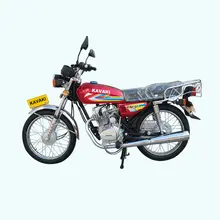

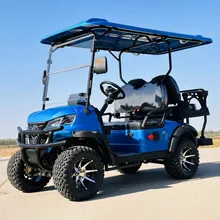
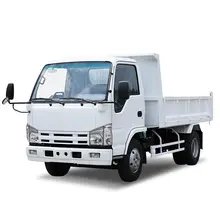




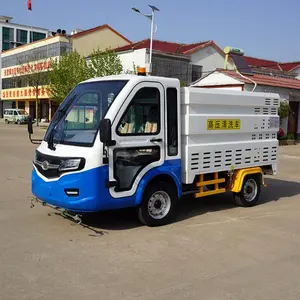


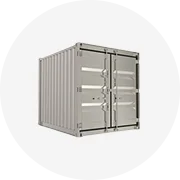
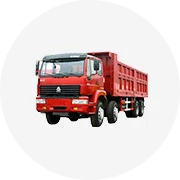
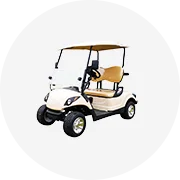
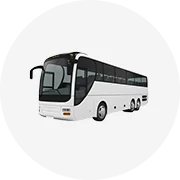
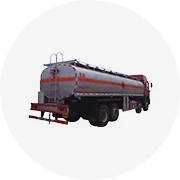
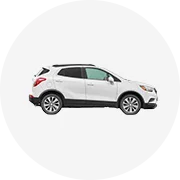

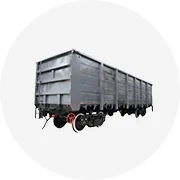

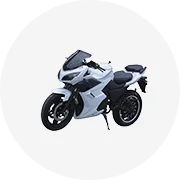
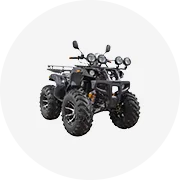
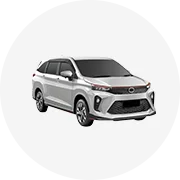
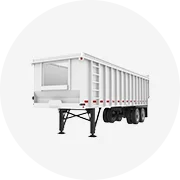
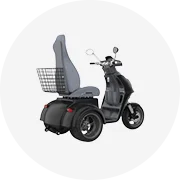








 浙公网安备 33010002000092号
浙公网安备 33010002000092号 浙B2-20120091-4
浙B2-20120091-4